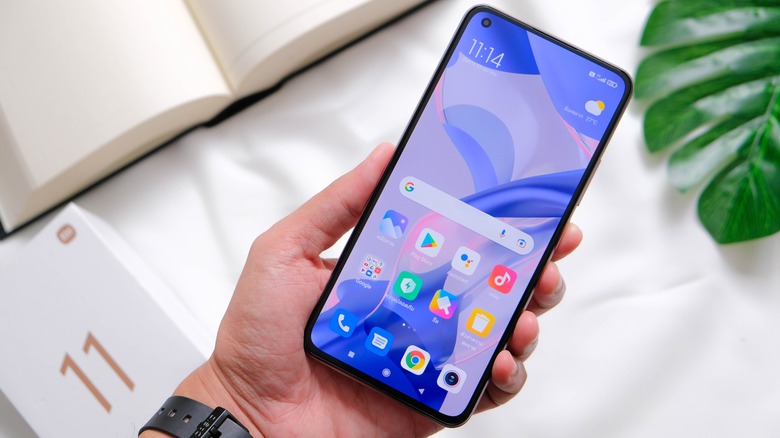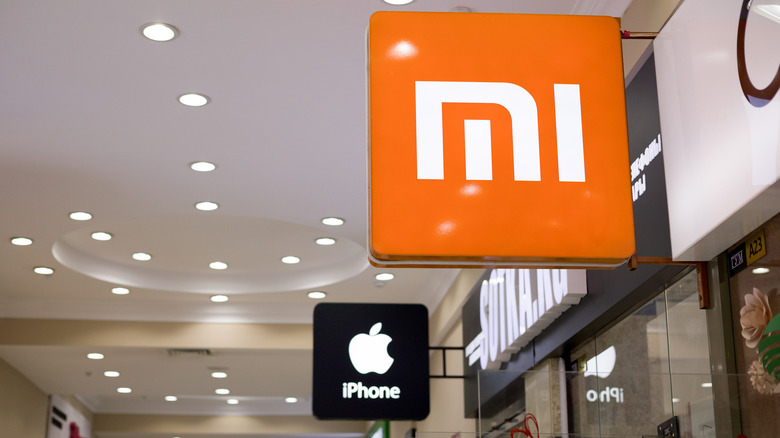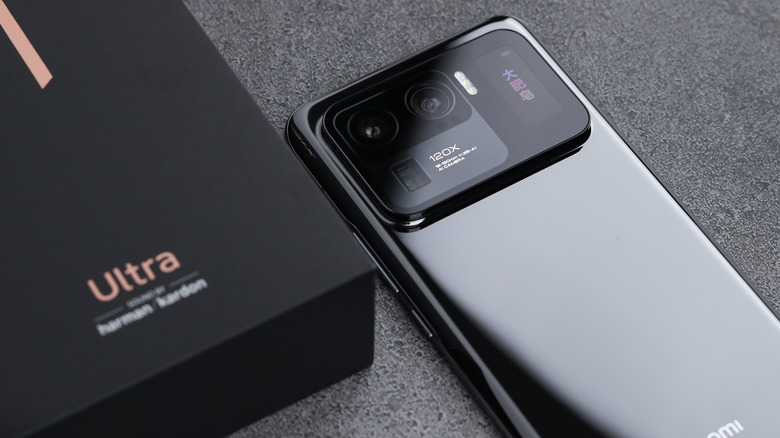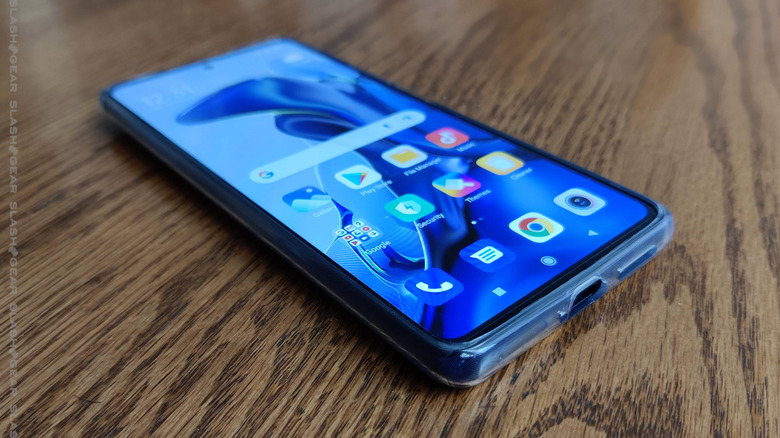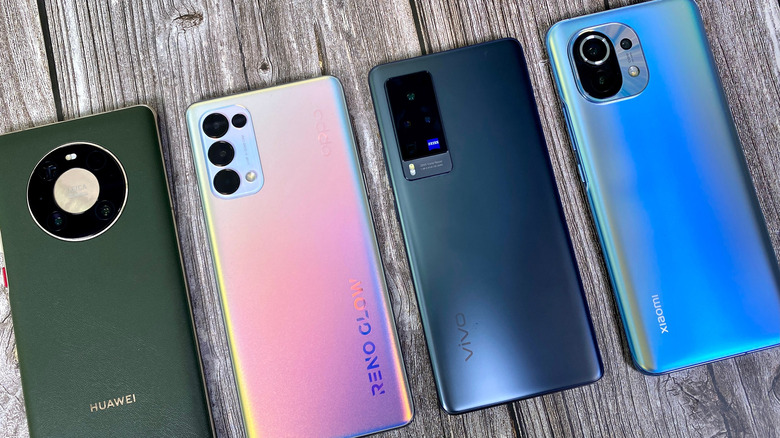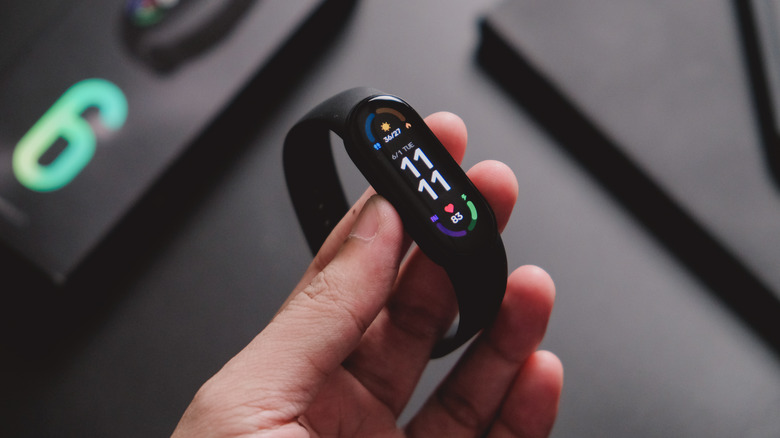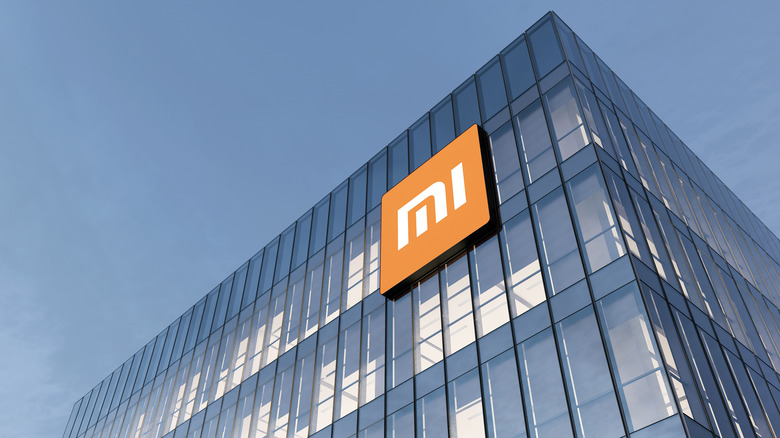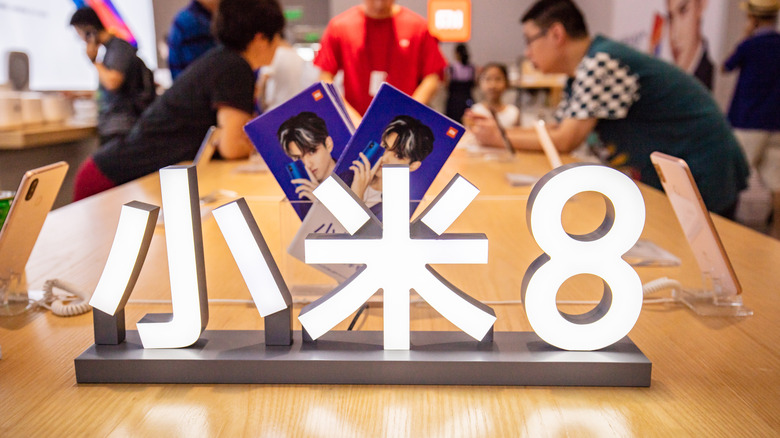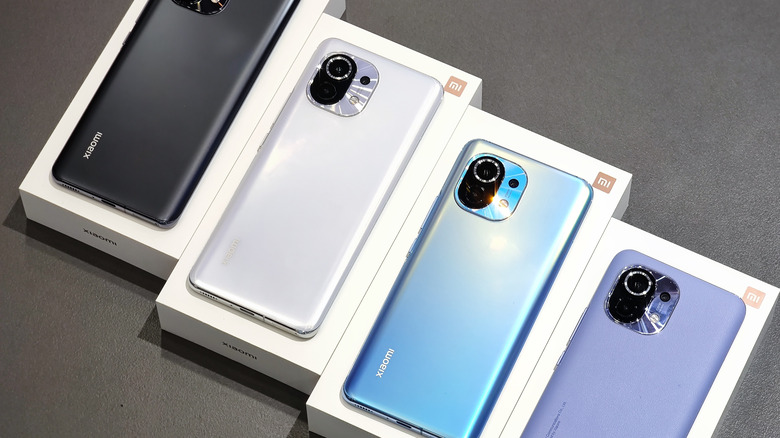The 5 Best And 5 Worst Things About Xiaomi Smartphones
LG exit from the smartphone market and Huawei taking a backseat has seen a shift in power in various markets around the world. In the US, Motorola made a surprising comeback while brands like OPPO and Vivo have been able to rise through the ranks in global markets. All throughout those changes, Xiaomi remained firmly among the world's top 5 smartphone brands. No longer simply equated as an Apple wannabe, Xiaomi's brand and even sub-brands have established a presence in almost every part of the globe, including the US. As with anything, there are plenty of reasons to pine for a Xiaomi phone or to avoid one. With the upcoming holidays, you might just be in the market for a new smartphone, and these are some of the things you might want to keep in mind before putting a Xiaomi phone on your list.
Yay: The Price is Right
There is no denying that Xiaomi's biggest strength is the allure of its pricing strategy. Especially in the early days of the smartphone market, very few even dared to offer smartphones at half the price of a Samsung or an Apple. Those that do often cut too many corners to actually make it a worthwhile investment. Xiaomi dared, and its gamble definitely paid off, cementing its name as one of the world's biggest smartphone manufacturers globally, even without a presence in the US.
The reason Xiaomi succeeded wasn't just because of dirt-cheap prices, though. Back then, it offered a combination of decent or even premium hardware specs at affordable prices and sold these phones by the hundreds in order to recoup production costs. Xiaomi also challenged the bias against "cheap" products by actually delivering quality smartphones that you don't have to throw away after the slightest accident. Today, there are far too many brands that make the same promise, but Xiaomi still remains not only a pioneer but the strongest name in that race.
Nay: US Snub
While Xiaomi has a strong presence in many markets around the world, it remains virtually absent in the US. For years, it has been speculated that Xiaomi would eventually enter that market, especially after hiring former Google exec Hugo Barra. That never came to be, though, and the company's only official products in the country are still Xiaomi-branded merchandise or products from sub-brands or affiliate companies, particularly in the wearables and IoT industries.
Getting into the US officially has never been easy for smartphone makers outside the country, and even a big company like Xiaomi would be stumped at the barriers to entry. The biggest hurdle is getting deals with carriers since consumers there still get their phones primarily through them. There are, of course, plenty of behind-the-scenes negotiations not just between Xiaomi and US network operators but also between those operators and smartphone brands that might not want Xiaomi to have some space on store shelves.
There is always the direct-to-consumer route that the likes of ZTE and even Sony (after it closed its US stores) employ. There are also third-party retailers that might be willing to import Xiaomi phones into the US, though through probably risky channels since these products might not have FCC approval. The problem here, however, is that not all Xiaomi, Redmi, or even POCO phones are guaranteed to work with US cellular networks, making it a rather expensive gamble that might not pay off in the end.
Yay: Daring innovation
Giants like Samsung and Apple may have the lion's share of the smartphone market, but their size and popularity don't come without some costs. Despite having more resources to throw at ideas, these companies have very little wiggle room for doing expensive experiments to sell to the public. Despite having bigger coffers and buffers, every product has to be relatively successful, or their profits take a big hit, and things start to look ugly for investors and shareholders.
In practice, this means that larger smartphone makers often take very few risks in venturing out of their comfort zones. They don't change the formula very often and sometimes rely on cosmetic changes to sell a new product, aside from the usual hardware upgrades, of course. Case in point, Samsung, Apple, and even Google have mostly stuck with the same charging speeds for years while the rest of the mobile world blazes past them.
Xiaomi isn't as big as those two, but that never stopped it from boldly going where no phone maker has gone before. It was the first to push the idea of bezel-less phones, although vivo and OPPO took it to the extreme with popup cameras. It didn't shy away from putting out a foldable phone when only Huawei and Samsung (and Royole) were butting heads in that space. It's also burning rubber in breaking the charging speed barrier, sometimes with rather frightening implications. It doesn't always jump head-first, but it isn't as timid as some well-known phone brands have been.
Nay: Software is Hard
One aspect where Xiaomi hasn't exactly been blazing a trail is in its software management. MIUI has traditionally been seen as an iOS clone, and it was only recently that it started to develop its own identity. Even then, it still strays a bit from what has been regarded as a "standard" Android experience, though, to be fair, it isn't really alone in that regard. It may, however, be at the tail end behind OPPO and vivo in trying to appeal to those who prefer a lighter Android experience.
A consequence of the heavy changes that Xiaomi heaps on top of Android is that it isn't able to roll out Android updates on time or as wide as it can reach. Things are definitely changing for the better lately, with the company promising Android 12 for quite a good number of its most recent phones. Xiaomi still has a lot of work to do, though, especially if it wants to cover the dozens of smartphones it puts out each year under different models and brands, and that's not considering yet how long it plans to support phones that are only two or three years old.
Yay: A Xiaomi phone for everyone
Part of Xiaomi's success can be attributed to its sheer numbers. Last year alone, it launched almost 50 phones under its Mi, Redmi, and POCO brands. Not all countries see those phones, of course, but it does mean that Xiaomi almost covers the entire world, even if the "Xiaomi" name itself isn't available there. It's definitely not a small number, considering how many phones a year other manufacturers launch.
Xiaomi doesn't just target almost every country or region either. More importantly, it has a selection for almost every tier and, therefore, every budget. Just because you don't have the budget for a premium phone doesn't mean you have to give up what you may love about the Xiaomi experience. You might even find yourself gravitating towards a Redmi or a POCO, and you'll still be part of the great big Xiaomi family.
Nay: Irony of Choice
Having too many choices, however, can also backfire. To some people, it may reek of a company's desperation and a lack of direction, throwing everything it can at a wall to see which ones stick. For some buyers, the sheer number of decisions to make and facts to juggle can paralyze them and scare them away towards other brands with much simpler messaging, even if they offer different models for different market tiers.
Xiaomi's launching a plethora of models within just months of each other means that they differ only ever so slightly from one another. This can sometimes even cause buyer's remorse when a newer model comes out just after a painstaking decision-making process to buy one. It is a strategy that has worked so far for Xiaomi, but the smartphone market might reach a tipping point soon, especially since it isn't alone anymore in using that tactic.
Yay: Smartwatches and Smart Homes, oh my!
Although Xiaomi started out as a smartphone-centric company (its first product was actually MIUI, not a phone), it has since grown out of its smartphone roots. Like any giant tech company today, it has embraced a world of Internet-connected products, from smartwatches to smart TVs to smart vacuum cleaners. They don't all have Xiaomi's name on them, but even brief research of some of less recognizable brands will reveal ties to one of China's biggest companies. Xiaomi even sells products that don't have anything directly to do with technology, like apparel or suitcases.
In other words, Xiaomi is creating a network of products and services that will go well together, especially those that can be connected to smartphones, directly or otherwise. Just like with Apple, consumers are immersed in an ecosystem, where every new investment in that ecosystem has benefits and dividends, especially if it means enjoying features that you wouldn't have access to if you simply paired a Xiaomi Mi Watch with a Samsung Galaxy phone.
Nay: Fear, Uncertainty, and Doubt
Being immersed in such an ecosystem, however, puts Xiaomi products at risk of raising the concerns of those who adhere to stories, theories, and allegations not directly connected to the products in question. As a Chinese brand, Xiaomi has weathered accusations of being a threat to U.S. national security, because of associations with the Chinese government. Regardless of the merit of such accusations, just the possibility might turn off potential customers, even those living outside of the US.
There is also the stigma of Chinese products being of poorer quality or being generally untrustworthy, despite much of the world's electronics hailing from the nation. It is, of course, an unfair characterization, especially for Chinese companies working hard to deliver quality products.
Yay: Business Model for this Generation
Xiaomi is a young company in years and in heart. It also started out a lot smaller compared to smartphone makers, who were already giants in the consumer electronics industry even before they dabbled in mobile devices. Since Xiaomi didn't really have the resources back then to adapt traditional business models and practices, it decided to turn that weakness into a strength in order to appeal to its target demographic.
Xiaomi initially did almost all of its business online, from sales to customer support. Although older consumers might have balked at that idea, it was a hit among a generation that was more at ease with online transactions. It allowed Xiaomi not only to save up as it grew but also to respond faster than those using traditional in-person or phone support channels. That model is now being adopted by other phone makers, but Xiaomi already has it down to a "T."
Nay: Customer Support Woes
Unfortunately, just because the channels are great doesn't mean the communication is just as great. There have been numerous complaints about the quality of Xiaomi's customer service, whether it's about responding to questions or following up on repairs. Suffice it to say, Xiaomi hasn't received a stellar grade on what should be one of its key strengths.
That said, it would be a bit unfair to blame it on the mostly online medium of communication or to make a generalization of the company. Different markets have different personnel manning those customer service channels, so experiences may vary. Unfortunately, that does cause some would-be buyers to prefer more traditional support channels. After all, it's hard to actually ignore a customer if they're already standing in front of you.
Takeaway
The quality of Xiaomi's hardware and software has made leaps and bounds over the past few years, making the tech company a force that neither Apple nor Samsung could ignore. Xiaomi's brand, which includes Redmi and POCO, continues to conquer many markets around the world, and that's without even a presence in the US.
Xiaomi's prices make its phones almost undeniable, but considerations that go beyond hardware and software might hold buyers back. For those in the US, the decision has already been made for them since the company still doesn't retail its phones there, as of this writing. For those where Xiaomi's phones are available, they are undoubtedly a steal. At least, if you're willing to live with the drawbacks that have become part and parcel of the Xiaomi experience, for better or for worse.
